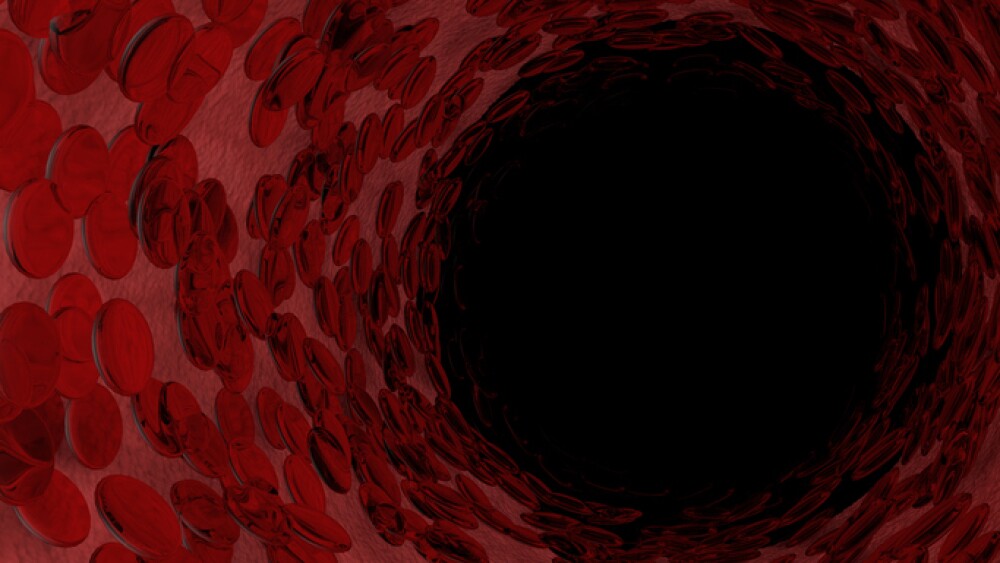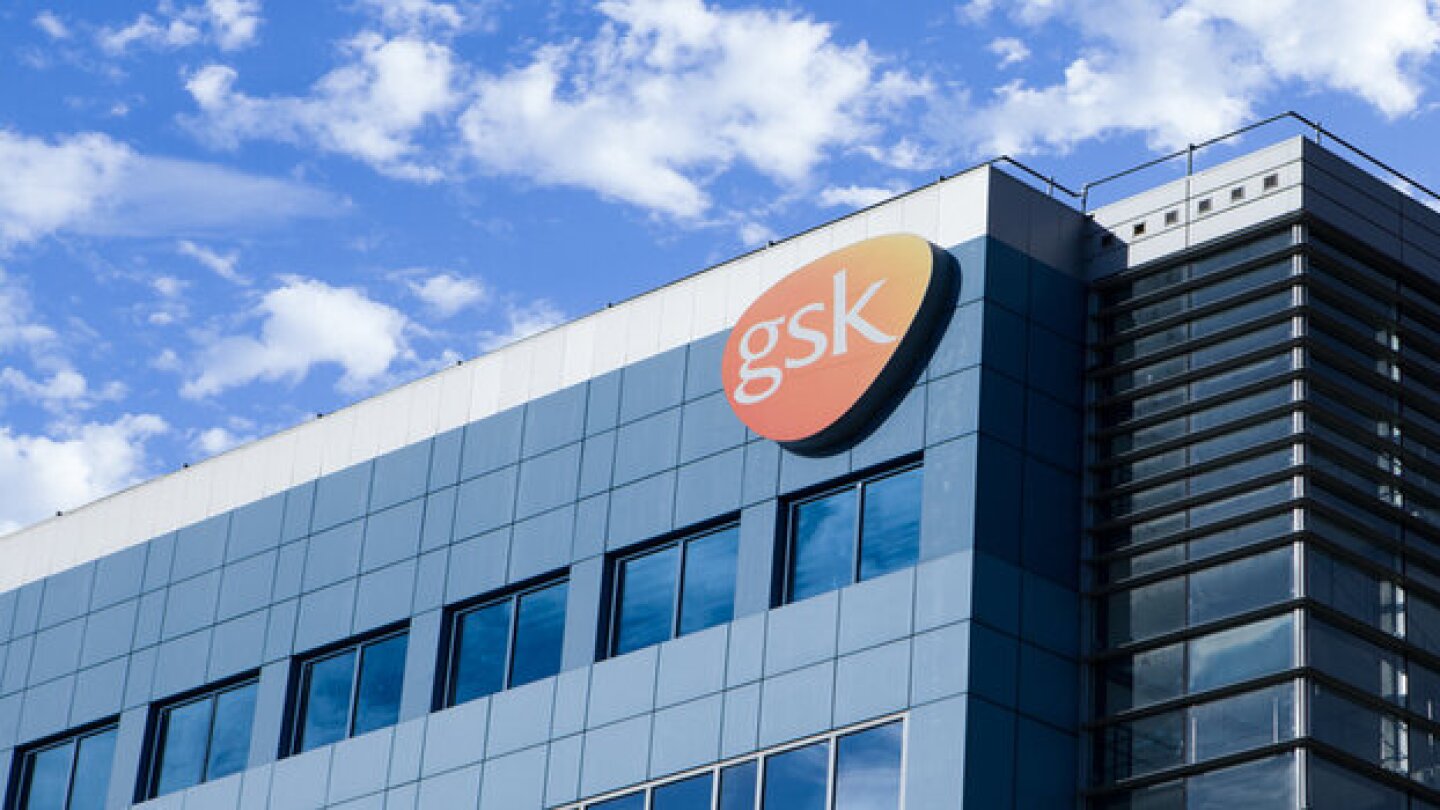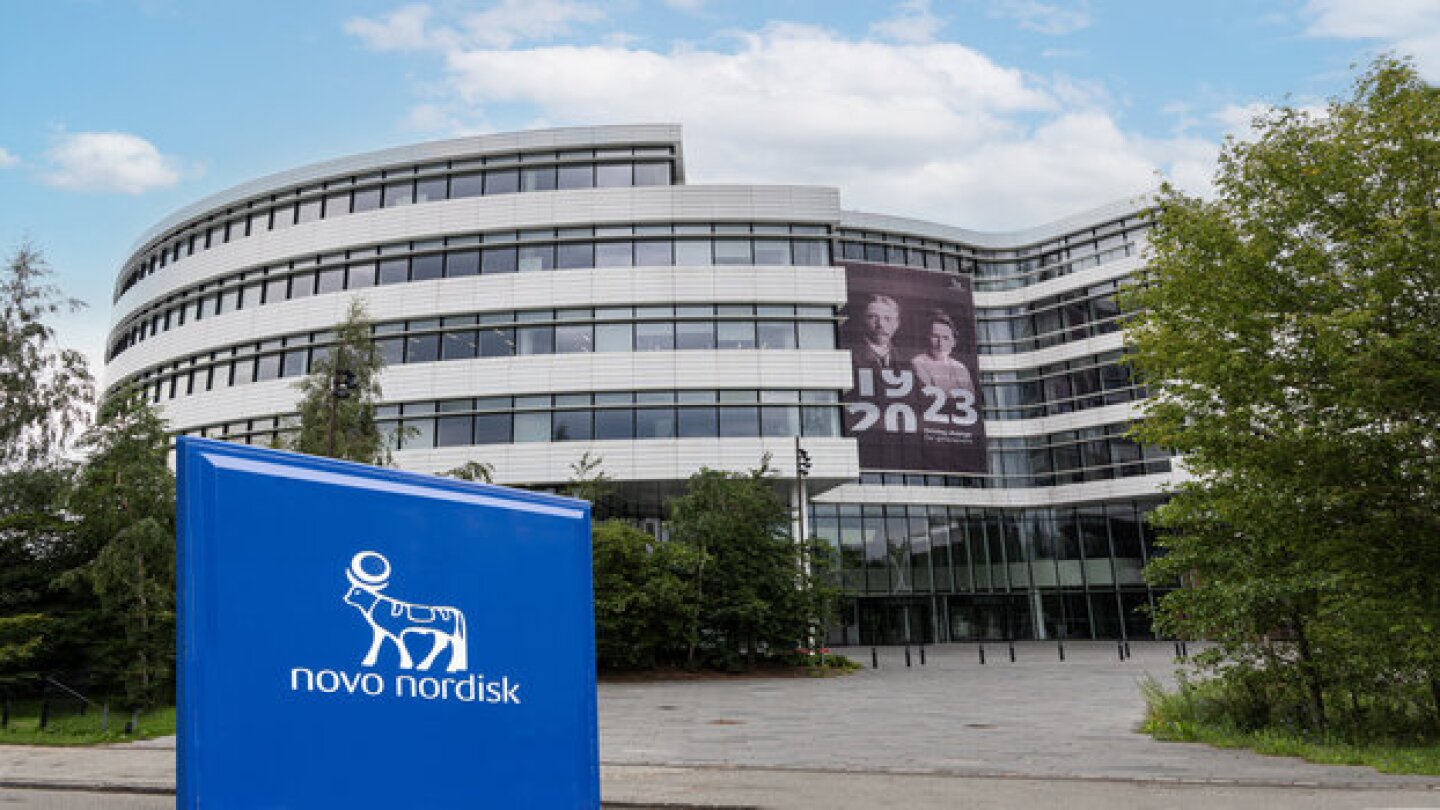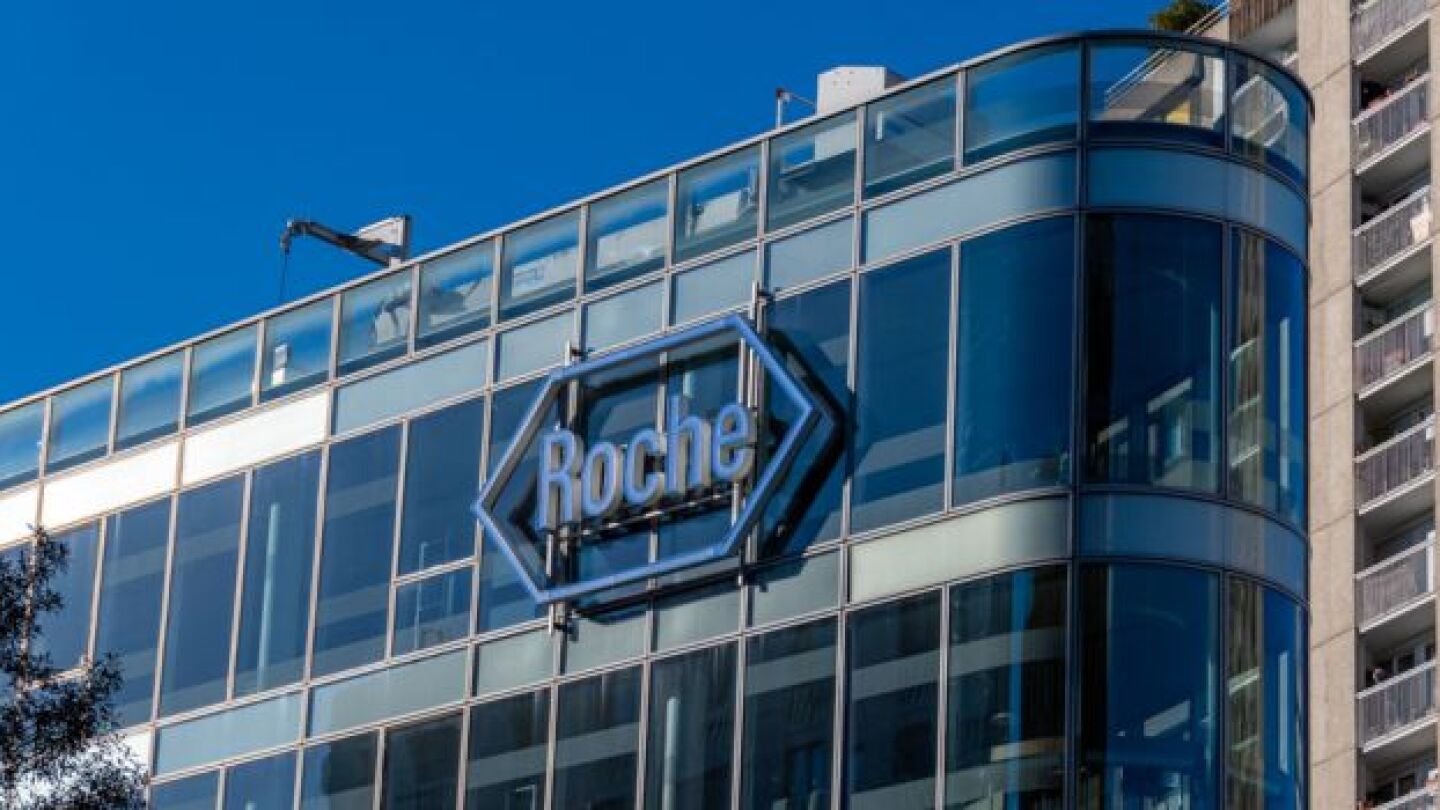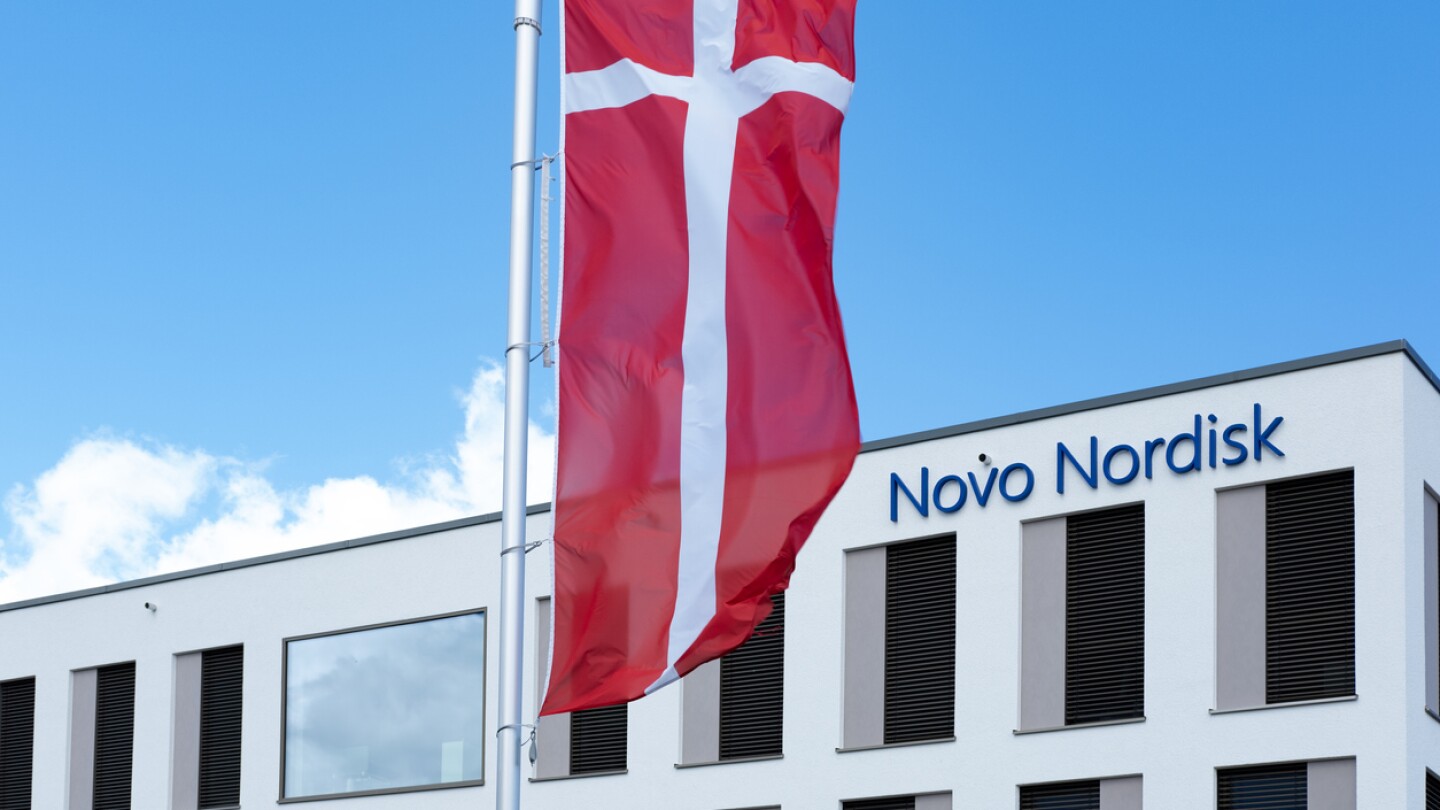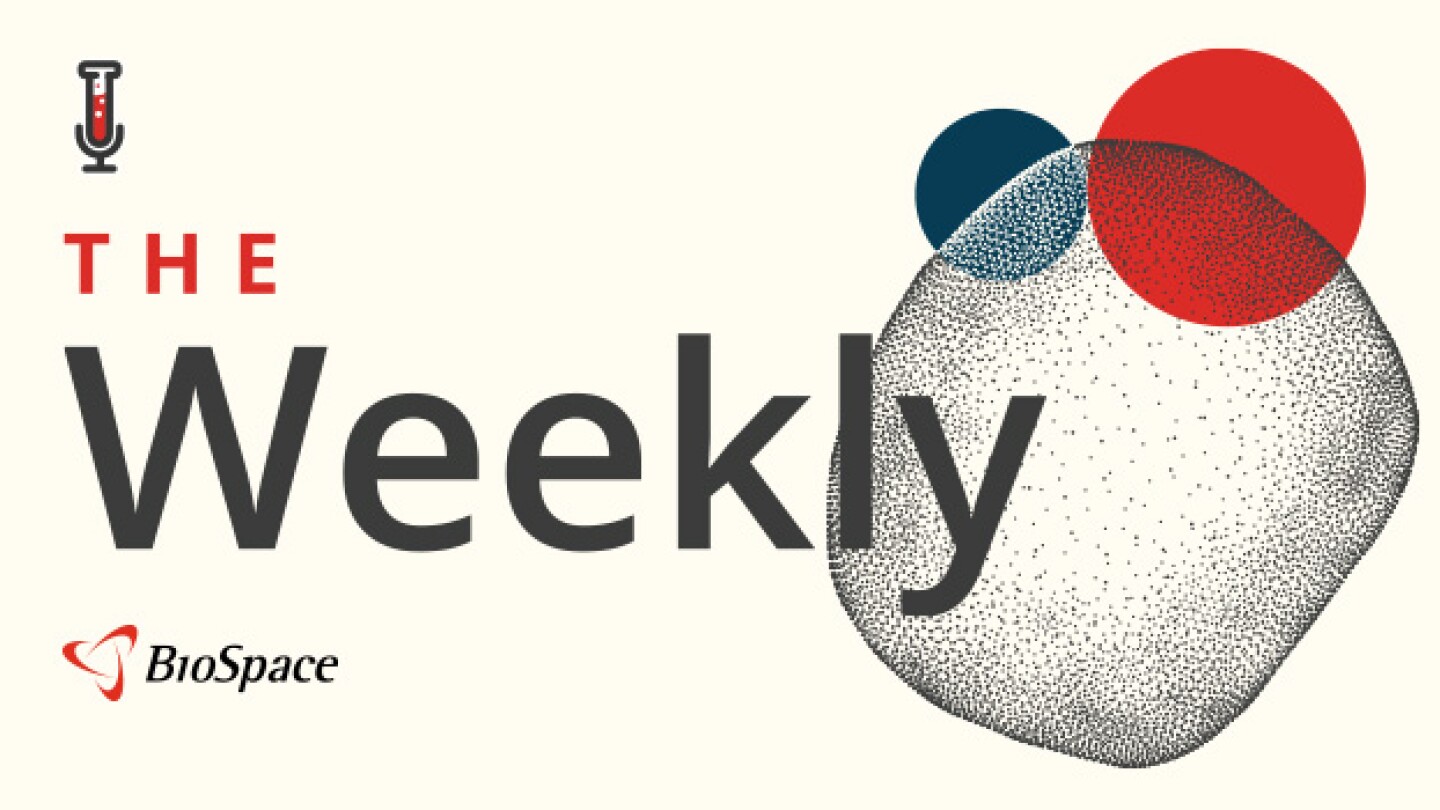Drug Development
The French pharma is getting Black Diamond’s de-prioritized molecule for non-small cell lung cancers with specific mutations whose development had been paused to save money.
FEATURED STORIES
In the wake of Pfizer’s voluntary market withdrawal of the popular sickle cell disease therapy, BioSpace looks at five investigational drugs currently making their way through the pipeline.
Pharmaceutical companies are combining antibodies with radioisotopes in a bid to more precisely deliver radiation to cancers and tumors.
Artificial intelligence won’t replace people in biopharma, but it is infiltrating every step of drug development, including in some ways that aren’t so obvious.
Subscribe to ClinicaSpace
Clinical trial results, research news, the latest in cancer and cell and gene therapy, in your inbox every Monday
THE LATEST
Novo Nordisk executives set a high bar for itself when it projected CagriSema could achieve 25% weight loss. When the GLP-1 combo didn’t hit that mark, investors reeled.
Galectin’s shares tanked in premarket trading Friday after the biotech revealed its lead asset missed the primary endpoint for its Phase IIb/III trial for patients with a type of liver cirrhosis.
First approved in 2021, Jemperli has now become a cornerstone of GSK’s cancer business, earning more than $160 million in the third quarter.
Investors appeared disappointed by CagriSema’s Phase III readout, which showed weight loss that fell short of Novo Nordisk’s prior projections for the therapy. Meanwhile, Eli Lilly’s stock rose on the news.
The report comes just two days after Novartis announced its own Parkinson’s drug failure.
Vertex Pharmaceuticals’ investigational non-opioid analgesic suzetrigine failed to outperform placebo. Investors voiced their concerns as the company’s share price fell 13% in premarket trading.
Photys is eligible for up to $186 million from Novo Nordisk for its PHICS small molecules that pair a kinase to a disease-causing protein for phosphorylation.
Tenaya’s share slump following the TN-201 data drop could be due to its “significantly lower” level of RNA expression in the Phase Ib/II trial than in preclinical models, according to William Blair analysts.
The Novo-Catalent deal now moving ahead highlights unprecedented investment in manufacturing, while also standing out as an exception to the unspoken rule of keeping M&As to less than $5 billion this year.
The Phase III win could help Regeneron and Bayer expand into retinal vein occlusion, a move that the partners need to help shore up sales of their Eylea franchise amid biosimilar encroachment.




